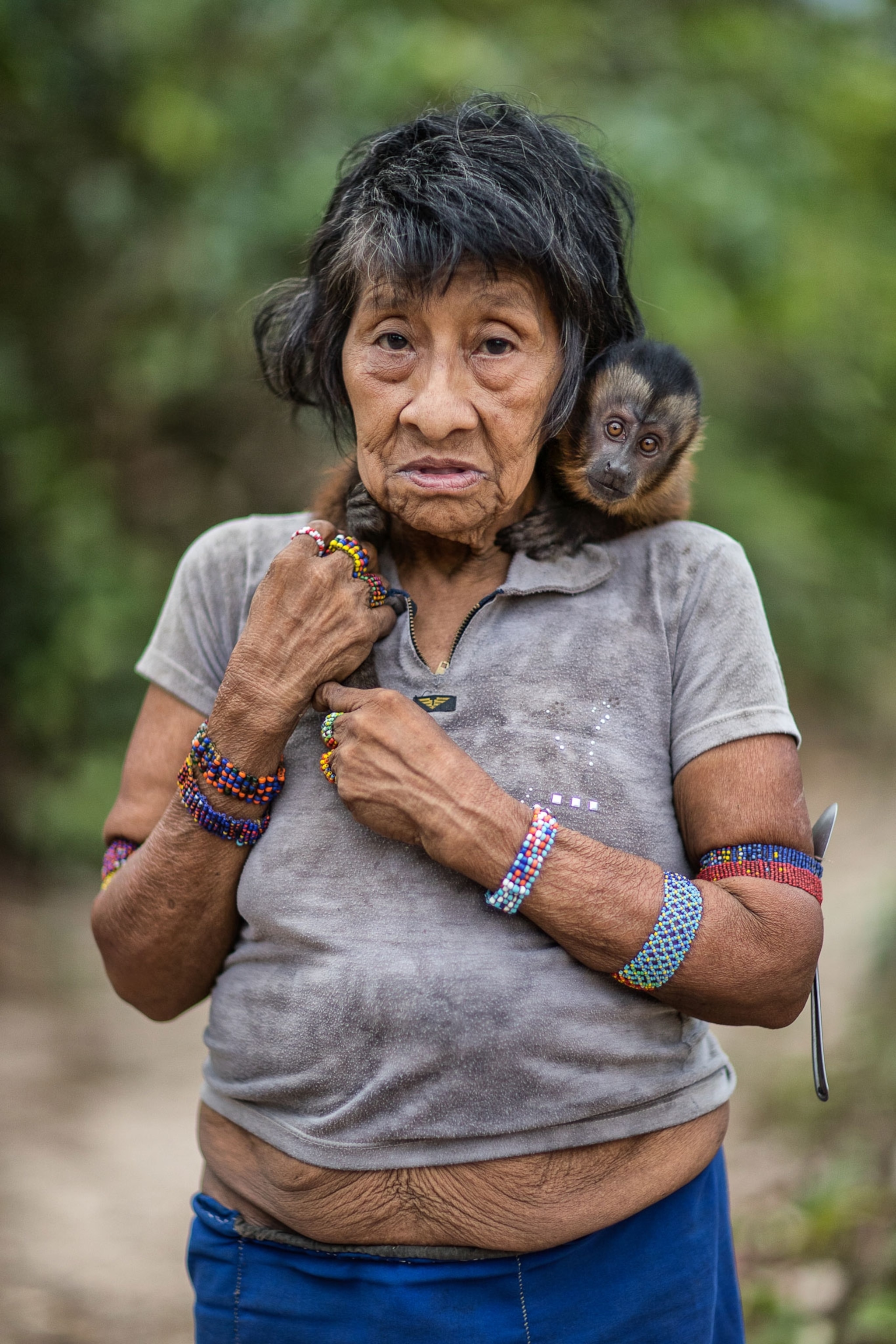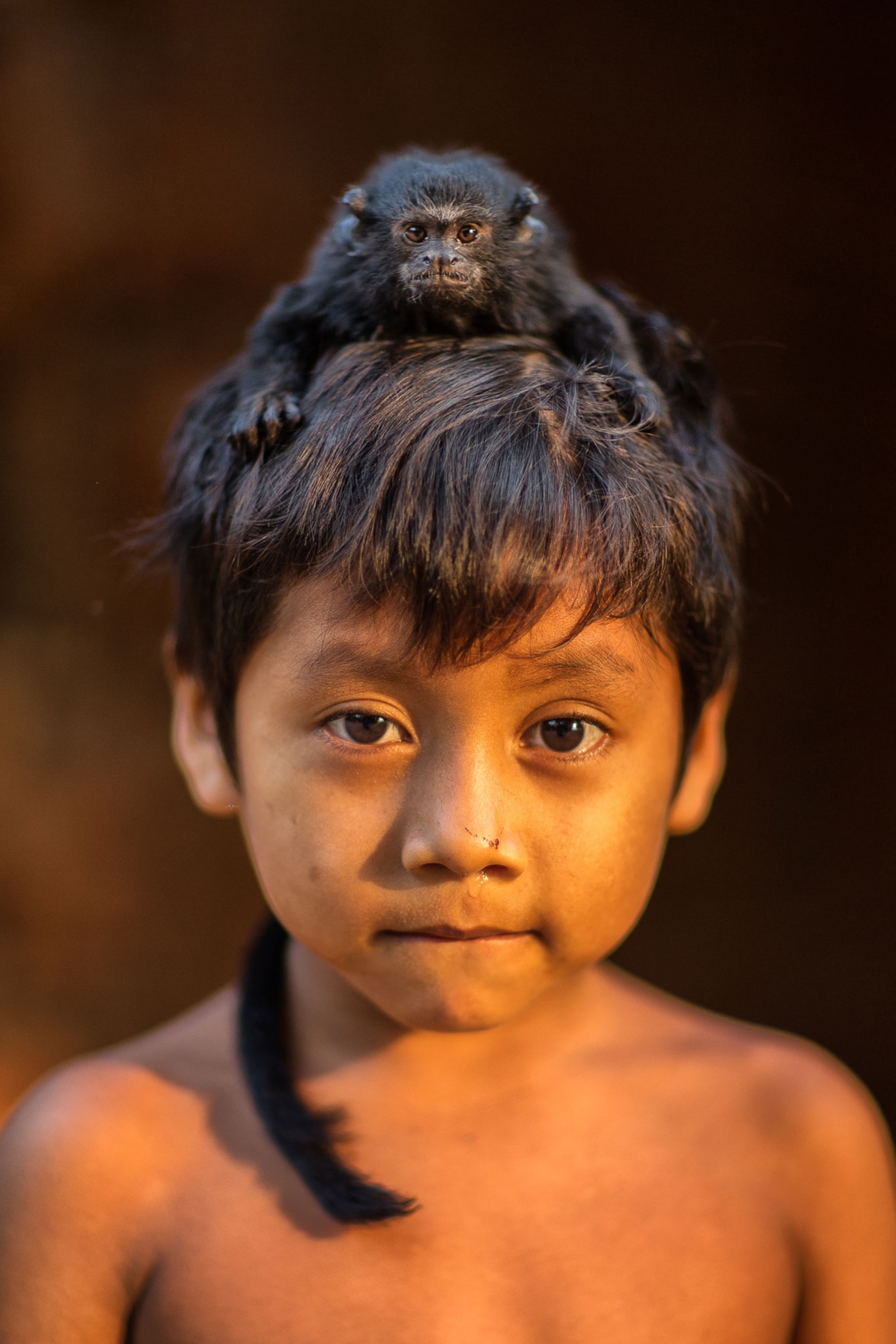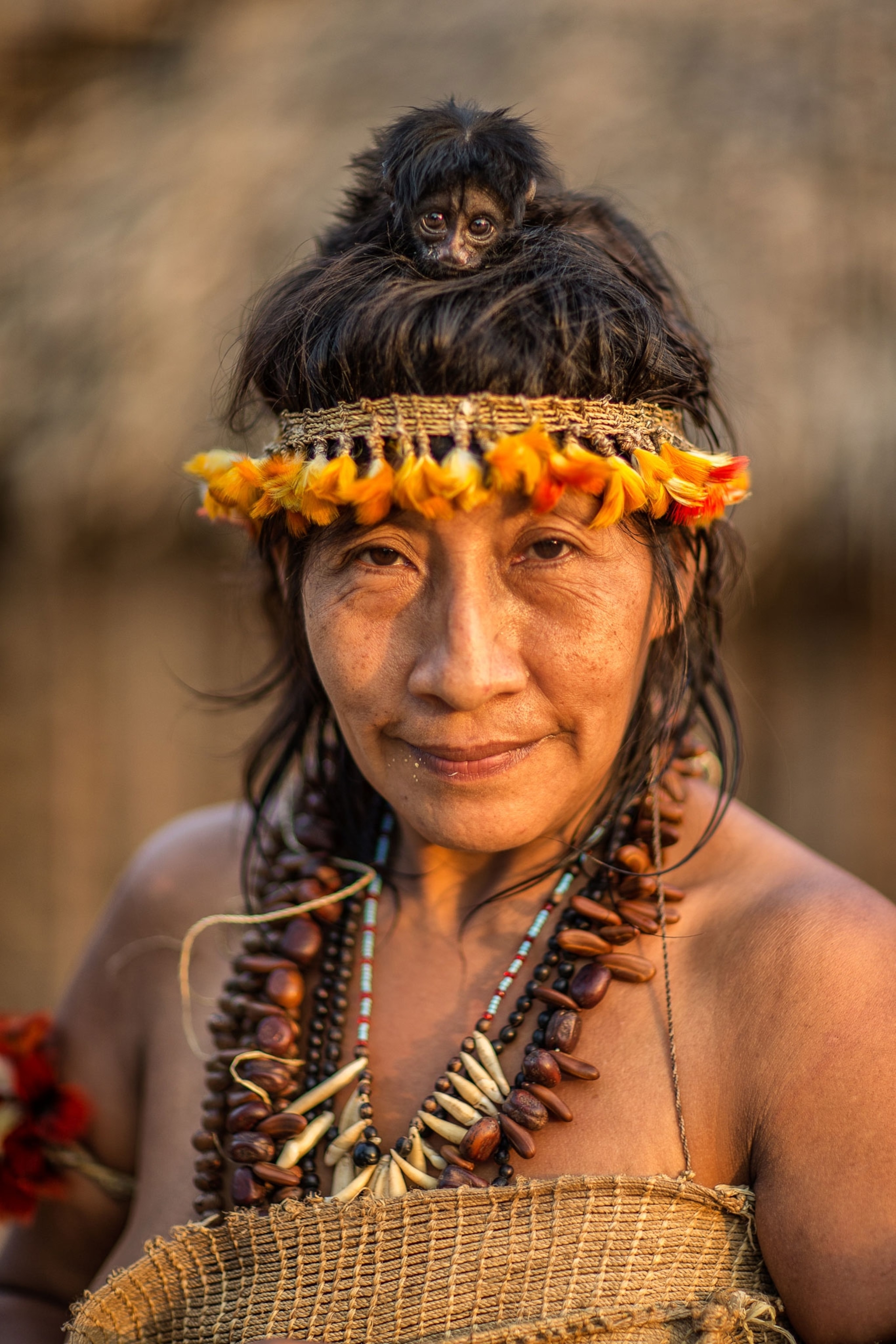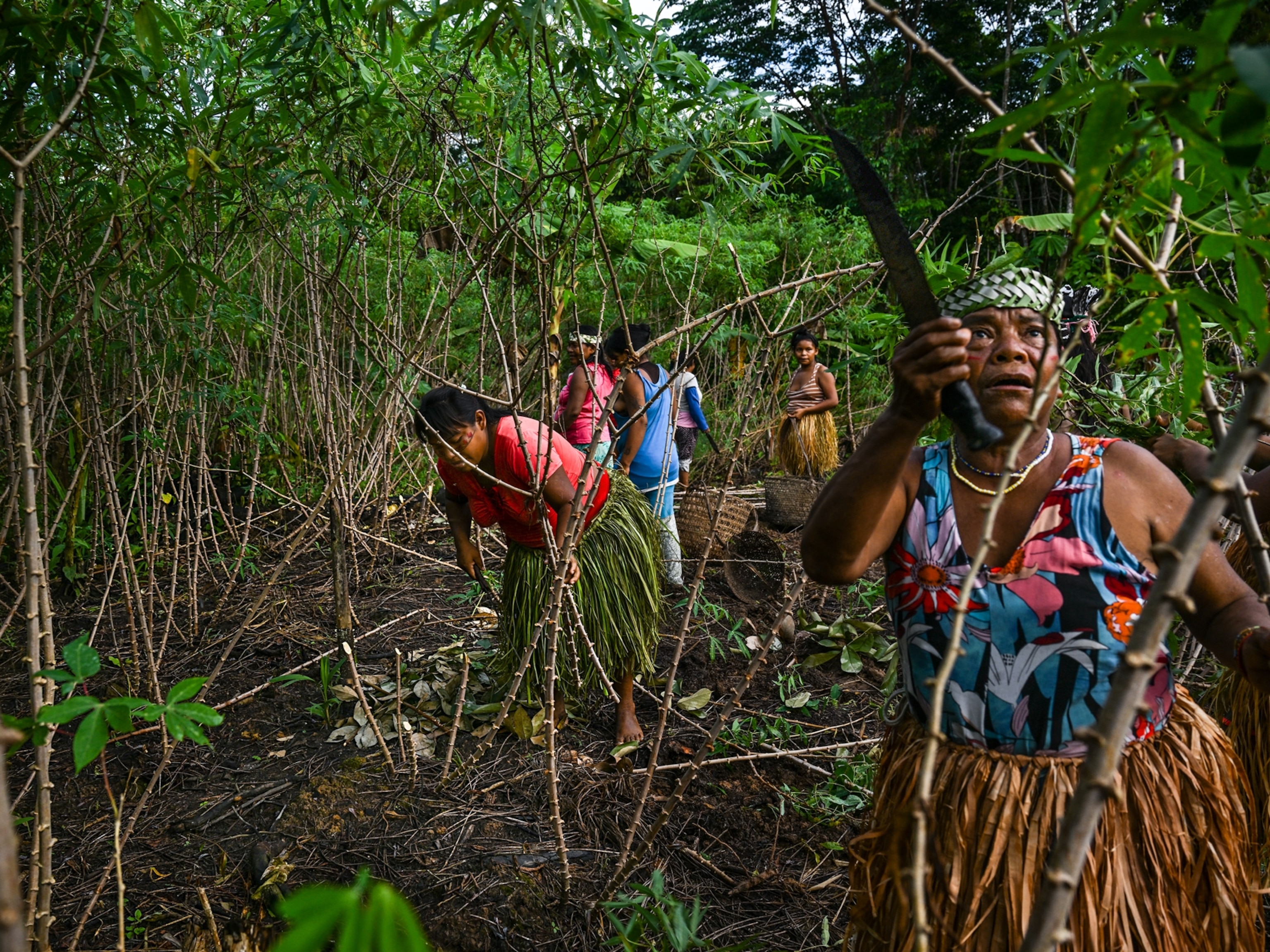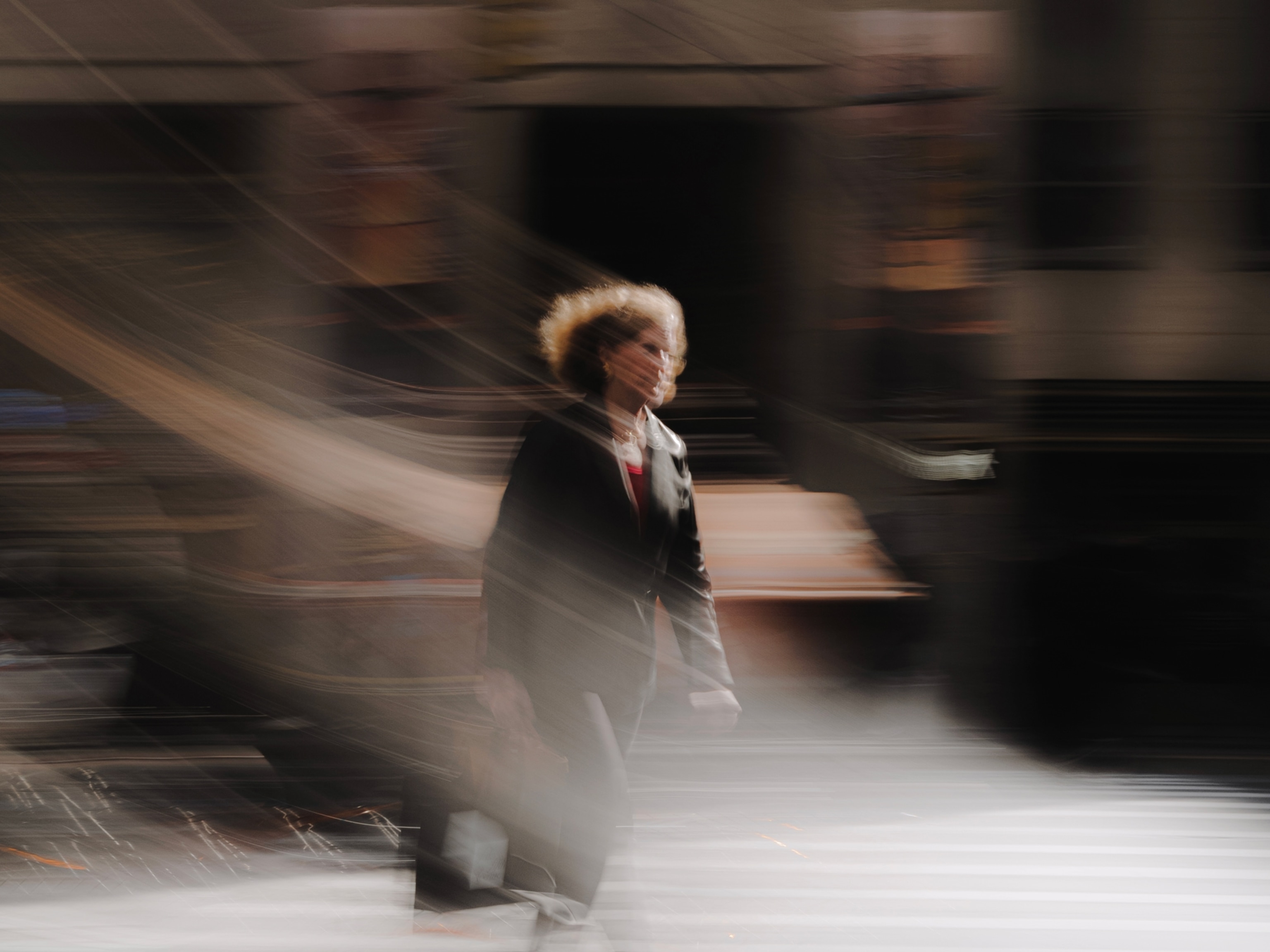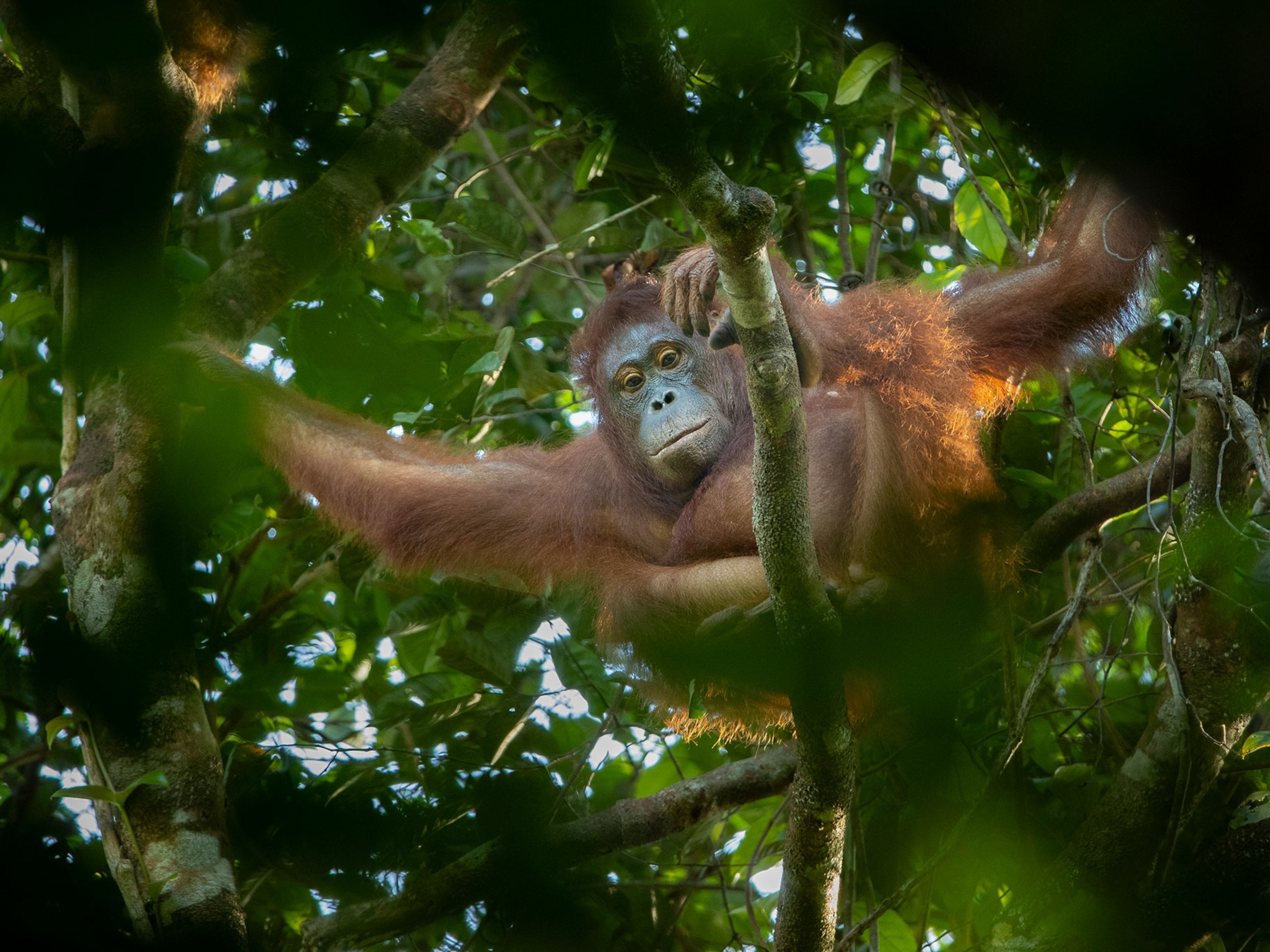Celebrating the Bond Between Monkeys and Their Humans
A National Geographic photographer captures the relationship between indigenous peoples and the primates they share their lives with.
Charlie Hamilton James noticed something unusual when he was photographing the indigenous Matsigenka community a few years ago in the Peruvian Amazon:
“Every day all the kids from the community would skip through our camp on their way to take a bath in the river," he says. "There was one girl, Yoina, who would always carry her small tamarin monkey with her. The problem was that the monkey hated water, so it would sit shivering on Yoina’s head, looking most put out. I had never seen anyone wandering around so nonchalantly with a monkey on their head before and it caught my notice. It seemed that, to the monkey, Yoina’s head was a place of safety.”
A portrait Hamilton James took of Yoina with her tamarin became one of his favorite images. From then on, he says, “I became a little obsessed with photographing people with their monkeys.”
He has since found the same thing happening with other indigenous groups he has visited in Peru and Brazil’s eastern Amazon. The monkeys are different species, he noticed, but the way they ride on the heads of their mainly female hosts, is the same. And as he has discovered, there is a surprising story to go with it, which he shares below:
“All the people I've photographed with their monkeys live in the forest, where monkey makes up a hugely important part of their diet. Monkeys are hunted with bows and arrows; if they are mothers with babies, the babies cling on when the mother falls dead from the tree. When the mother’s body is collected the baby is taken and kept as a pet.
A strong bond then forms between the baby monkey and it’s new ‘parent’, usually one of the women in the community who is given the monkey. The monkey goes everywhere with its new mother and tends to spend most of its time on her head. As the monkeys grow older and get more independent they move around more and between people; although they remain firmly bonded to their particular host.
Despite the brutal start, the love and bond between people and their monkeys represents a deep relationship between indigenous people of the Amazon and the natural world and that’s what I’ve tried to capture in my portraits.”





